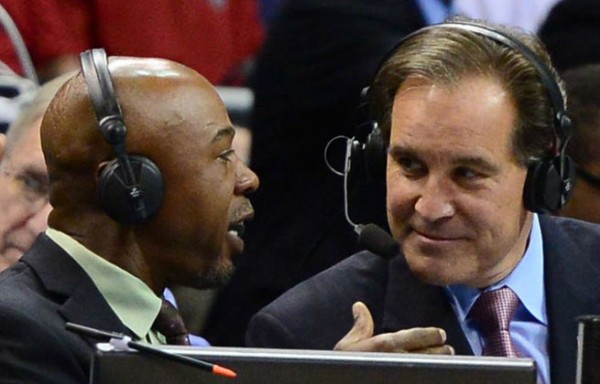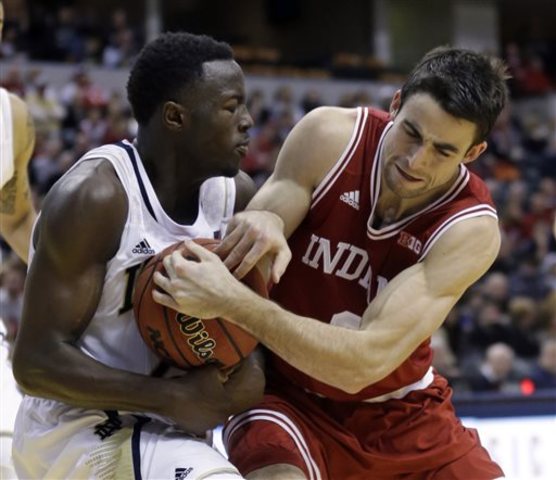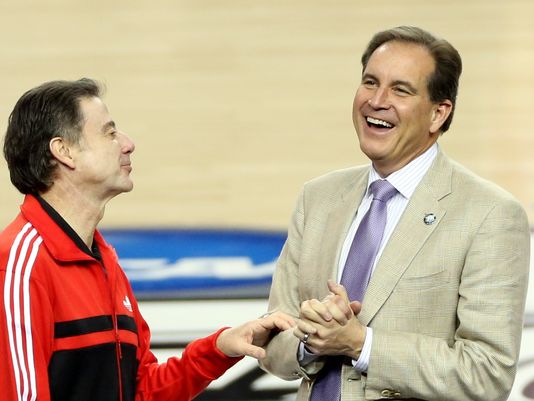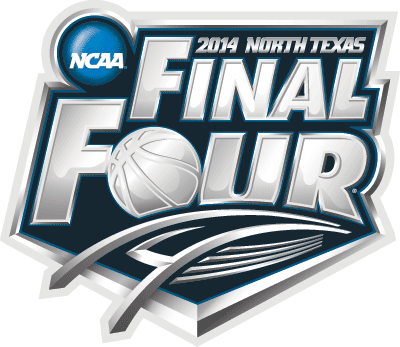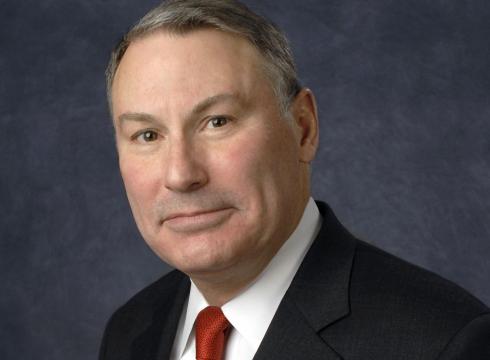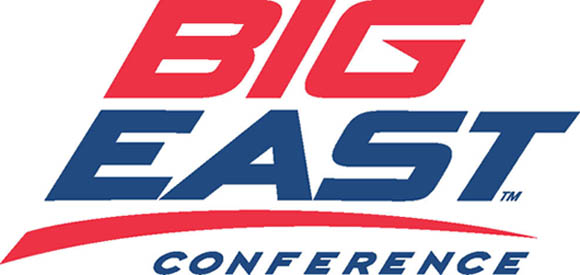Posted by Dan Lyons on March 27th, 2013

- If nothing else, fans of the current Big East are going to have plenty of channels to catch their favorite schools on when the schools all go their separate ways. The ACC is taking over Big Monday and should have an increased presence on ESPN, the Big East (Catholic edition) will be on FOX, and the soon-to-be-the-conference-formerly-known-as-the-Big-East just inked a deal with CBS, which will get first dibs on the conference’s games through 2019-20. Oh, and West Virginia seemed to be on ESPN like every week this year… so good for the ‘Eers.
- Louisville was the number one overall seed in 2009, much like it is this year. That team hoisted both the Big East regular season and tournament trophies, and made a run to the Elite Eight before falling to Michigan State. That team featured excellent former Cardinals like Terrence Williams, Andre McGee, and Earl Clark, and apparently those guys won’t stop talking about that season. Peyton Siva would like to reclaim bragging rights over the 2009 squad with the one trophy they weren’t able to claim — a national title. “I don’t know a lot (about 2009), I just know T-Will and Dre were on it and they always brag about being the No. 1 overall seed… Our whole goal for the year — they had Andre’s picture on the wall from that ’09 team — is to take him off the wall.”
- Otto Porter is a finalist for the Naismith Award this season, and for good reason. A very good argument can be made that there was no player more important to his team this season, and it showed in Georgetown‘s best games — Porter scored 33 points in front of over 35,000 raucous Syracuse fans to stun the Orange at the Carrier Dome — as well as their worst — Porter could only muster 13 points on 5-of-17 shooting in Georgetown’s shocking loss to Florida Gulf Coast last weekend. While Porter is up against stiff competition for the Naismith Award, he already has accolade in his back pocket as Basketball Times has named the forward its National Player of the year.
- Expansion fever — catch the excitement! Today in schools moving conferences, the old Big East continues it’s mission to restore the halcyon days of mid-2000s Conference USA. Brett McMurphy reports that Tulsa will become the 12th member of the conference, calling the addition “imminent.” According to McMurphy, the Golden Hurricanes will join up in 2014 with Tulane and East Carolina, who will be elevated to full-member status to balance the conference numbers and fill the critical role of having basketball-playing Pirates in the league.
- The Journal-Sentinel sat down with former Marquette great Brian Wardle, currently the head coach at Wisconsin-Green Bay, to discuss the state of Warriors basketball. Wardle was obviously thrilled with the success that the program has had under Buzz Williams, and before him, Tom Crean, stating that MU has entered the ranks of the elite in college ball. “The level that Marquette basketball is at now is an elite level that it has not been in for a long time… they’ve gone to three Sweet Sixteens in a row, a Final Four, everything takes time to build. Nothing happens overnight. You’ve got to go through some failures to succeed. You’re seeing Marquette in the Sweet Sixteen every year with the Michigan States, the Dukes, with Kansas.” There is no denying the success that Marquette has had recently, though dropping the ‘e’ word seems a bit strong. Until Marquette makes a few more Final Fours or captures a national title, they’re a rung or two below the nation’s elite schools, at least to me. However, they’re not far behind, and with the consistent success that Buzz Williams has had with the program, it may only be a matter of time until they break through.
| big east, microsites, morning 5
| Tagged: acc, andre mcgee, basketball times, big east, big east tournament, big monday, Brian Wardle, buzz williams, carrier dome, catholic seven, cbs, conference expansion, conference realignment, conference usa, duke, early clark, east carolina, elite 8, espn, final four, florida gulf coast, fox, georgetown, kansas, louisville, marquette, michigan state, naismith award, national player of the year, otto porter, peyton siva, syracuse, terrence williams, tom crean, tulane, tulsa, west virginia, wisconsin-green bay
Share this story
